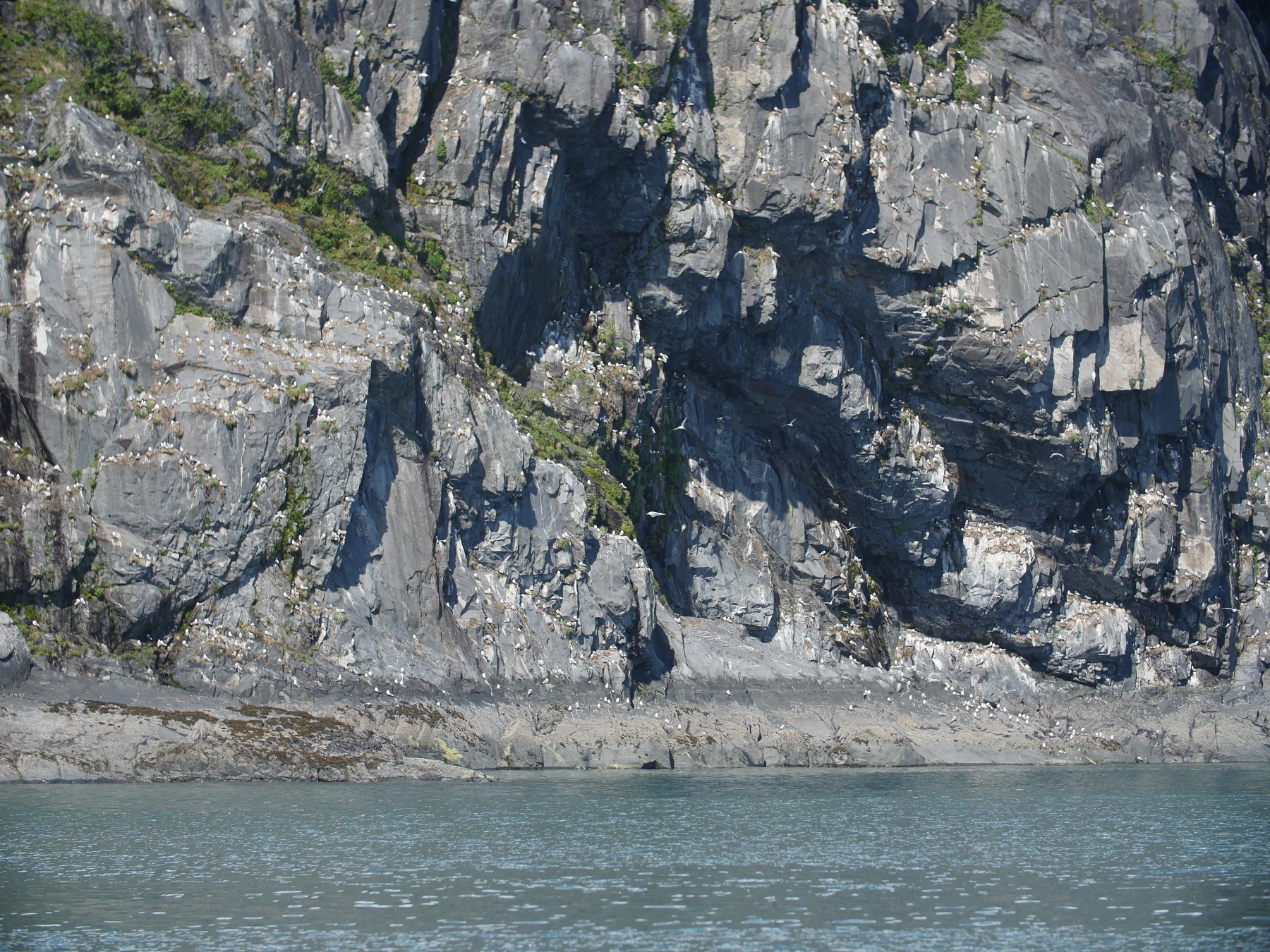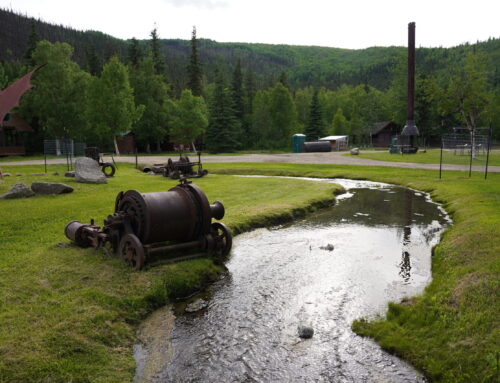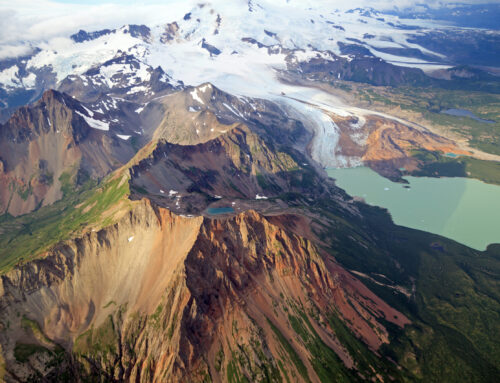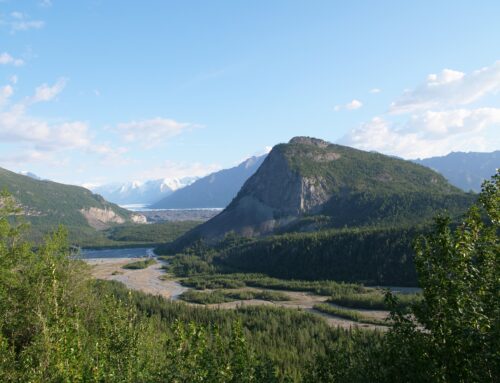A Shifting Alaska
Alaska is one of the most interesting regions on the globe for studying geological changes and their effects on the environment. Specifically, this is a region where two very large tectonic plates meet up with massive force and pressure. Lately, seismologists have recorded some more sizeable shifts.
Alaska, has been known to have massive eruptions in the past. So, scientists and civilians are keeping a close observation on what these more moderate shifts and changes could mean. These observations are to see how likely a volcanic eruption may be and how severe, as well as the possibility of larger earthquakes and subsequently, tsunamis.
Tectonic Plates of Alaska
Alaska has several regions notable for historic volcanic eruptions. Today, we’ll focus on the activity along the Aleutian Arc of Alaska. This Arc is the northernmost rim of the Pacific Basin and extends all the way to Russia. In Alaska, we can see the effects of millions of years of tectonic plate shifting, culminating in volcanic eruptions that left us with a chain of volcanic islands and upheaved giant mountain ranges.
The southwest and southcentral regions of Alaska are where the Pacific plate and the North American plate meet. As the Pacific plate moves upward towards the North American plate, it grinds itself underneath it. The Pacific plate is one of the fastest-moving plates on the planet, moving at a whopping 10 cm a year. That may not seem like much, but when two giant land masses converge, they can create some massive changes to the Alaskan environment we know.
Volcanic Ruptures Effects
Observation and Seismology
There are accounts and written data of volcanic eruptions that go as far back as some ancient Chinese dynasties. We can also refer to written stories and geological investigations from across the globe when studying the geophysics of the Earth. Carbon dating and observing how geomaterial moves are important parts to understanding the effects of earthquakes and volcanoes.
Thankfully, since the end of the 19th century, we have been able to integrate more finely tuned science instruments to help to detect any precursors to volcanoes becoming active with studies like seismology. Seismology measures the vibrations in the Earth to help alert researchers and communities if there is even a slight shift in seismic reads or drastic ones beneath the Earth’s surface.
Earthquakes and Tsunamis
The Aleutian Islands have gone through many changes over time. They were even created and exist today from the culmination of molten lava hitting the frigid arctic waters that surround Alaska as we know it. When there are massive eruptions, the surrounding environment responds. In history, we can see the effects of massive eruptions and their ability to create massive swells in the ocean, known as tsunamis.
Specifically, researchers and observers in Hawaii and California like to keep a closer eye on seismic readings in Alaska, which are prone to be the catalyst for these swells. If more significant magnitude earthquakes were to occur, scientists try to chart the possibility of the waves (literally and figuratively) and how they can culminate in the ocean and the probability of them affecting Pacific Islands and shoreline communities. (USGS)
What’s The Volcanic Vibe?
From 1945 to 1965, some of the most significant eruptions on record occurred in this region. During this time, scientists could observe a more definitive pattern. About every ten years, a massive earthquake would occur on the southern tip of this chain of islands. Each ten years, ocean vents opening and tectonic plates crushing against each other would influence volcanic action. Each of these events occurs a bit further down the chain of islands than the last in the ten-year pattern.
Since then, we have not seen anything in this region close to the 8.7 magnitudes on the Richter Scale (USGS). As of lately, though, more specifically, in the fall of 2024, more moderate seismic activity has been observed. While there were no reports from people on the Earth’s surface that could feel any of the more moderate 4.5 magnitudes being recorded (occurring near Kodiak Island), seismologists could observe this shift from reports.
With this being a new pattern and magnitudes of quakes, scientists and communities keenly observe what this could mean. Currently, there is no cause for alarm or any horrific prophecies of the world ending with these shifts. However, scientists are considering the moderate activity of calderas near Utah and Wyoming. If these were to amplify in magnitude, it can possibly create a chain reaction that correlates to the intensity of the magnitudes occurring in the Arctic regions.






